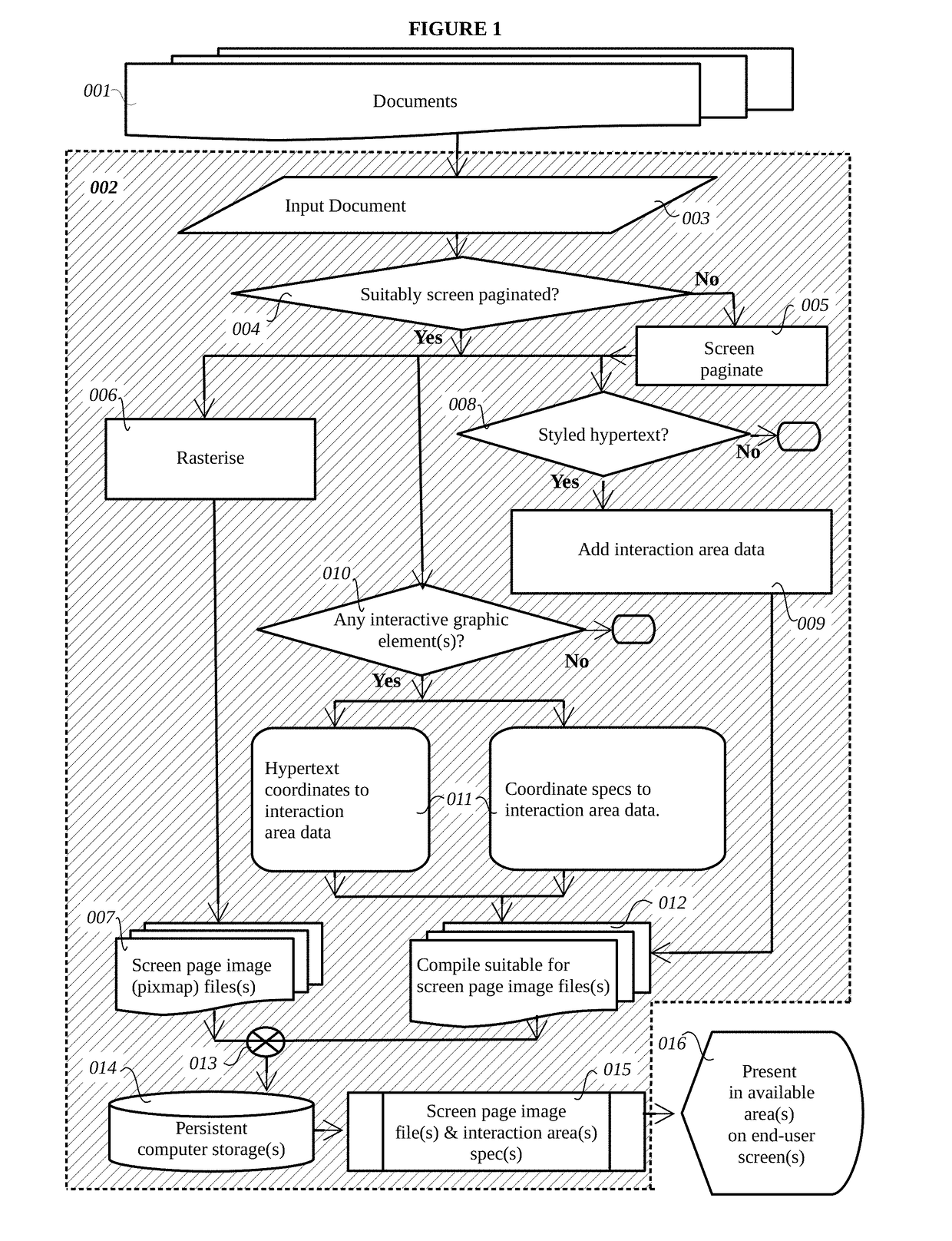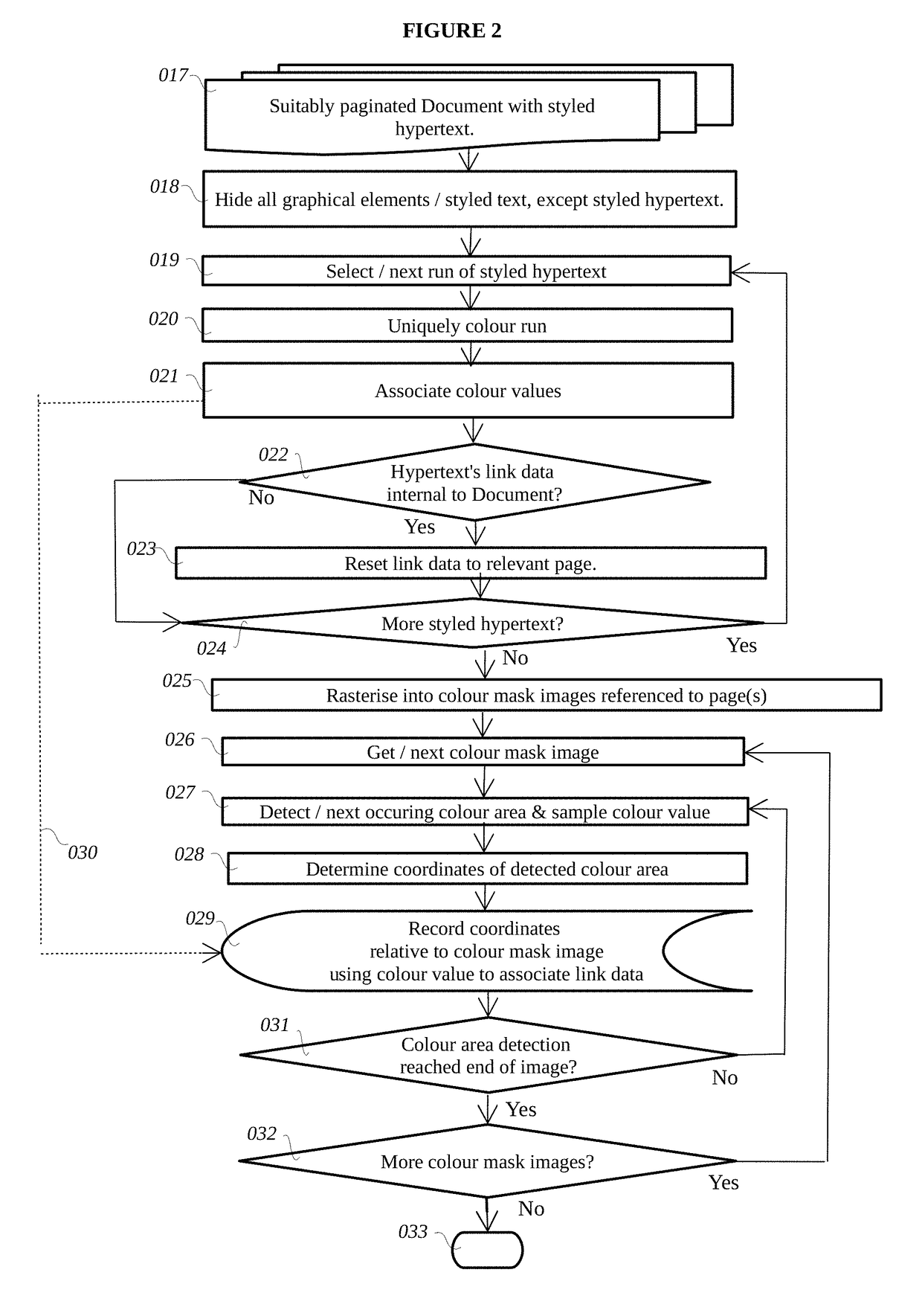This can be problematic because many human languages have different encodings and to confound this, many
general purpose digital computers, and even end-user computing devices, need to
handle information recorded in more than one
human language.
However even today, there is no standard way of specifying the encoding of text files when uploaded by an end-user's
Web browser to an online publishing service for example.
This means computer systems sometimes need to analyse the bits that represent characters to see if by
pattern recognition the correct encoding can perhaps be deduced, which is not always successful.
At times this is not possible, and the substitute
font may not even be the same size of the original, leading to unforeseen
layout changes not intended by a Publisher.
This
system of Document presentation is complex for such a simple
Web page; and because fonts effectively execute on computers so as to be “drawn” on screen, linked or embedded fonts can contain risky
malware.
Such formatting and fonts also increases Document memory and communication requirements.
Furthermore, there are differences in
rasterisation techniques used to convert fonts to displayable pixels between different computer operating systems.
This can be particularly problematic for artwork including advertising upon which the online publishing industry relies.
This unpredictability contributes towards a lack of
pagination of online information which in tern causes distracting end-user
scrolling that can
impact reading comprehension.
Doing this is computationally expensive.
Such a low-latency network may not be available if an
end user computing device is connected to
the internet for example, via a cellular or
satellite network as is often the case.
All this greatly bloats the amount of memory required (and thus download times) to represent modern
textual information.
Finally, even if all computer systems are in agreement and all Document
rasterisation is somehow made consistent between them, and all programs lay out all Documents in the same way—this being highly unlikely—the popular
HTML protocol in particular is still prone to interception and manipulation in Web browsers against Publisher intentions.
Thus Documents are an inherently insecure information medium.
For example, in Web browsers, users can switch off style sheets, install ad-blockers or view content in reading
modes (such as in the Mozilla Firefox and Microsoft Edge web browsers) leading to the Publishers' intended content elements being removed or otherwise compromised.
The
disadvantage is that it is much more difficult to reprocess or modify writing if it's stored and communicated as an image rather than encoded as styled text.
The other problem is transforming screen page images to different shapes and sizes to suit different screen sizes and viewing distances often distorts what they depict, so that writing becomes difficult to read or even unreadable for example.
Consequently, simply rasterizing Documents containing / including hypertext or interactive graphical elements into
JPEG images as known to the art—or other pixmap /
bitmap file formats (such as
Tagged Image File Format as in the TIFF 6.0 Specification 3 June 1992)—is not a viable option, because the interactivity of
link data would be lost in the conversion.
Proprietary plug-ins / applets such as Flash by
Adobe Systems Inc. may be used to similar effect, however these can require downloading and installation by end-users and are unavailable for many end-user devices.
However, the geometric disposition of regions occupied by styled hypertext within Document data if properly converted into image maps, would often be complex and varied.
However if the styled hypertext is center-justified, the disposition of the resulting region(s) of interactivity can be much more complex.
Because of these considerations, manual mapping or selection methods provide no practical way of either economically, or in a timely fashion, dealing with the number and variety of hotspot dispositions found within whole Documents.
Thus Varadarajan neither countenances nor assists the problem of making images of, and image maps of, whole pages from Documents containing Content Element(s).
It will also be appreciated that areas of interactivity (hot-spots) related to styled hypertext can be difficult to ascertain.
End-user applications which
handle styled hypertext are thus completely ill-equipped to convert pages of Documents into image files with image maps: None of the prior art discloses automatic Document repagination and conversion into screen page image files with image maps or other
image map-like data or specification.
Additionally, the prior art does not create hyperlinks in image maps that link screen page image files(s) derived from a Document's pages to each other, to reproduce the effect of internal Document navigation (such as with bookmarks).
 Login to View More
Login to View More  Login to View More
Login to View More 


